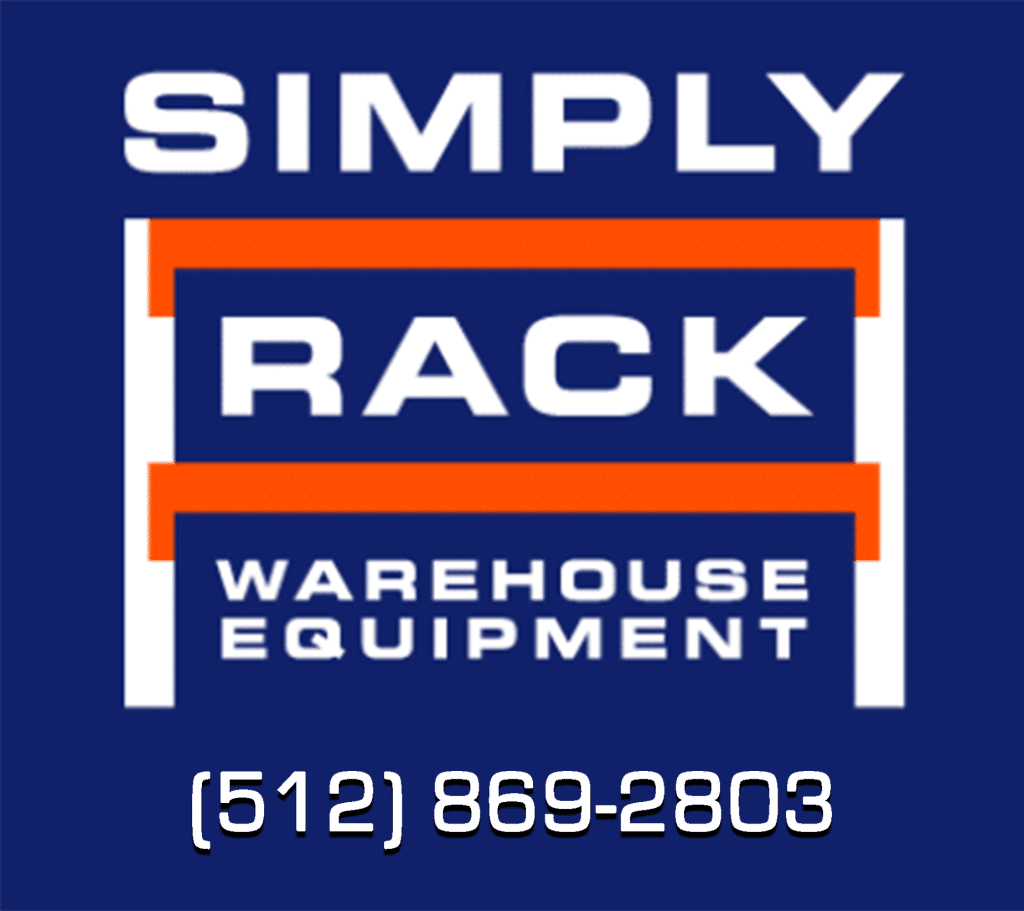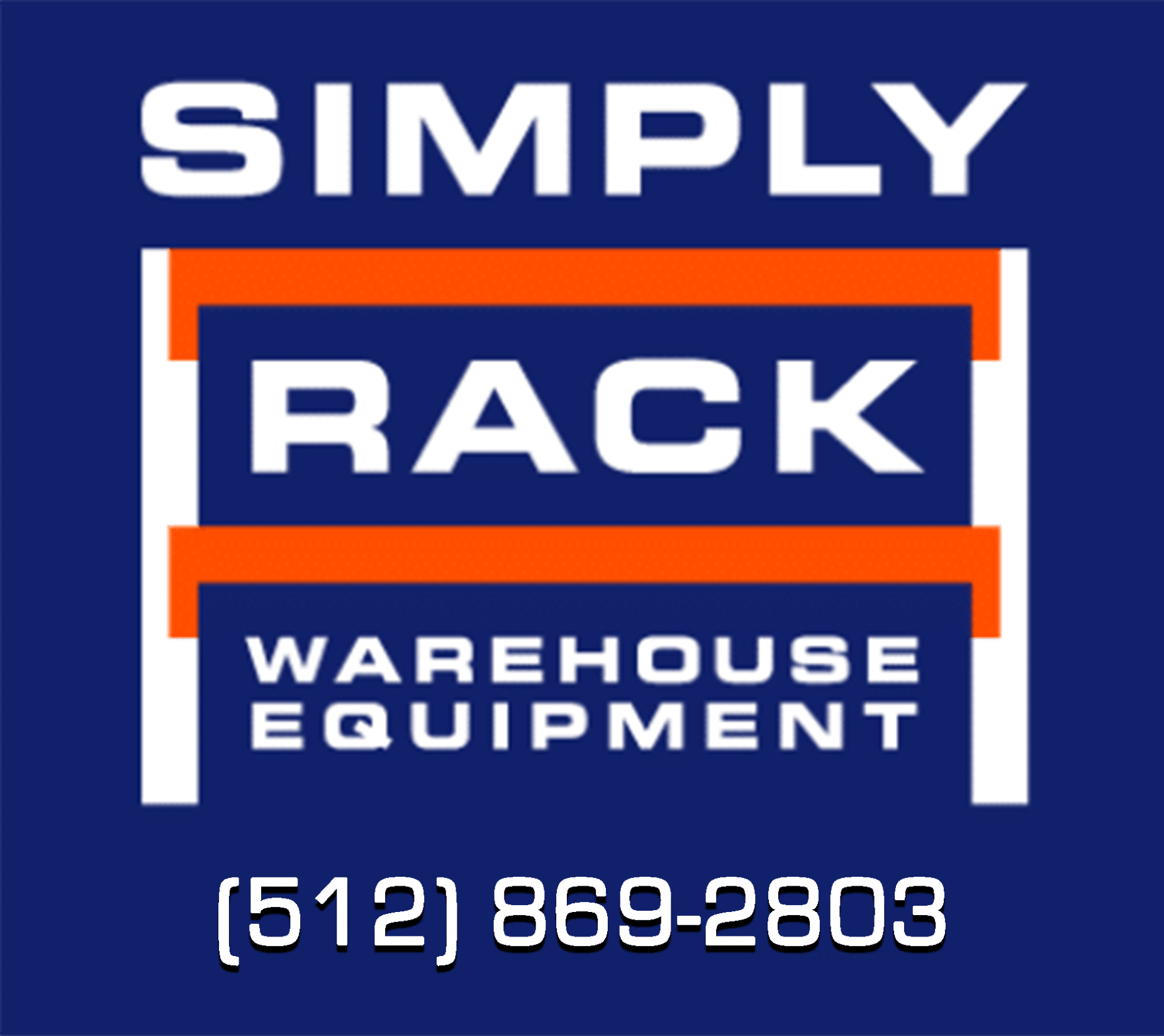How We Determine the Size of Your Racking
In this video, Tracy walks through how we help you figure out what size pallet rack you are working with presently so we know how best to fulfill your needs! We discuss the importance of determining size of pallet, width/depth/height, and the maximum weight of the pallet being stored in the racking to determine what pallet racking system would be best for your use. We work with our clients to create a pallet racking system that works best for them! Call us today to discuss our services and let us know your needs.
Thank you for watching!
What You’ll Learn:
- The dimensions of typical pallet racking.
- OSHA expectations of pallet racking overhang.
- The importance of knowing your pallet and forklift sizes in designing racking systems.
Listen to the audio version of this video below!
Transcript FOR THE video/audio
Tracy Jackson: Hi! Welcome to Simply Rack’s video series on determining what type racking you need. If you’re using pallet racking, we need to know what size pallet you’re storing on it. The size which would standard would be 40 by 48 by whatever height you have, as well as the maximum weight of the pallet that you’re going to be storing in the racking. So, for instance, the system behind me was designed for a standard pallet. Standard pallet is 40 inches wide, 48 inches deep, and by whatever height, in this case around four feet. So based on that, if your pallet is 48 inches deep, your uprights are going to usually be 42.
OSHA wants you to have overhang of the pallet on the front and back beam, so that you know that it’s secured on the beams, and the wire decking is not holding the weight of the pallet. So, for instance, this is a 42 inch deep upright, with another 42 inch deep upright, and this is called the back-to-back. This system is tied together by a row spacer in the middle to create an overall depth of 8 feet, which is 48 plus 48, the depth of both pallets, so that you don’t have a lot of overhang in the front. You don’t want the overhang in the front, because the operator needs to be able to cleanly lift the pallet in the air and put it away without obstructions in the aisle way. You also don’t want them to back into a pallet if he’s trying to load, say, this side and the back of the forklift is on this side of the aisle. So, again, you have to pay attention to what you’re doing.
When we’re designing these systems, we need the size of your pallet, what size forklift you’re using, if you’re using a traditional 5 000 pound sit-down four-wheel forklift, you usually have a 12-foot aisle. That’s industry standard, but we never assume that you’re standard, because it only takes one client to have an oversized pallet, a heavy pallet, or a slightly oversized forklift to cause problems, and you can’t just stand racking like this and tear it down in a day. We have to get it right on paper before you stand it in your warehouse.
If you ever have any questions specific to this, you need to let us know to work through that. We’ll ask you a lot of questions, but the majority of those questions are going to be size of pallet, width, depth, and height and the maximum weight of that pallet being stored in the racking. The other question is going to be where do we need to place these beam level to maximize the storage in your warehouse. For instance, if your pallet’s four feet tall, we would place the first beam level at five feet, 10 feet, and 15 feet. You’re going to be limited though by either your ceiling height or your forklift lifting height. So that question will also be asked when we’re determining what size racking you need.
If you can call us with those details, and have that ready prior to the call, that will just expedite the process. When also referring to the size of the racking, we’ll need to know the depth of the row that you want. Do you want a hundred feet long, do you want 28 feet long, what is the start and stop maximum distance? If it’s 33 feet from a door to a wall, let us know that we can help. I’m Tracy Jackson with Simply Rack and Warehouse Equipment, and we look forward to hearing from you, 512-869-2803!

